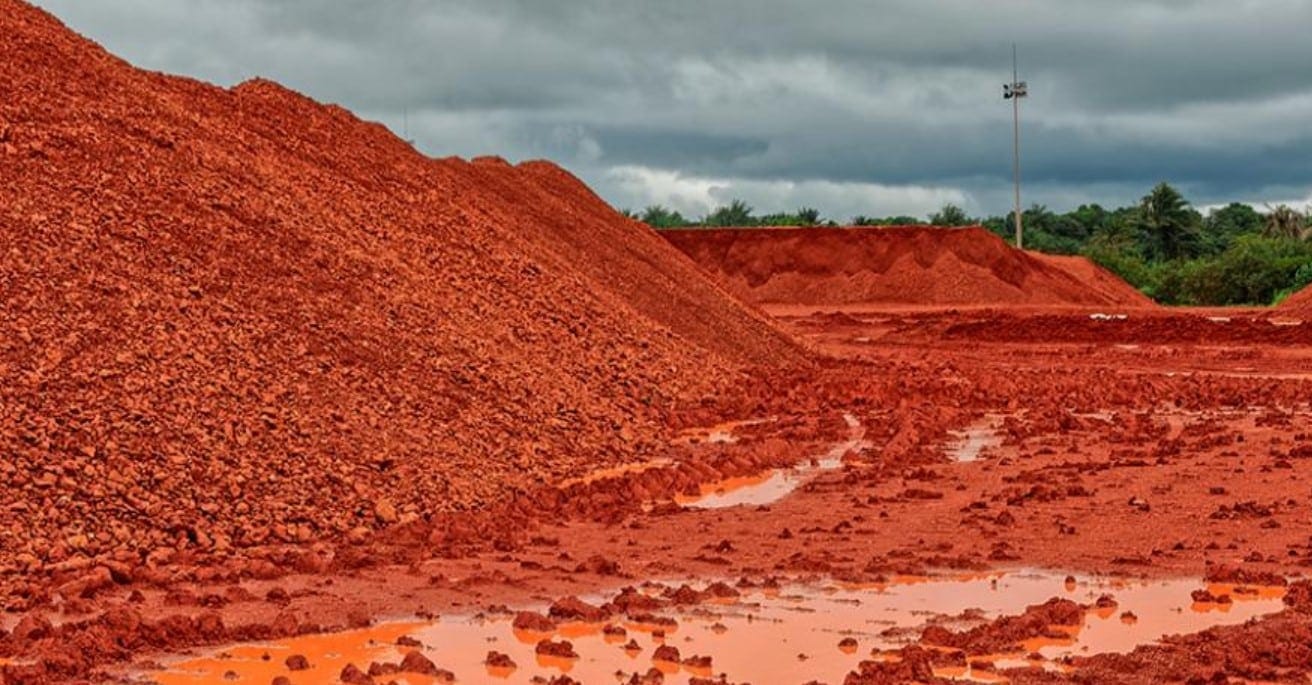Revolutionizing Road Construction with Bauxite Residue
In a pioneering move that could significantly alter the landscape of industrial waste management, a road has been constructed using bauxite residue at the Aughinish aluminium refinery in Limerick, Ireland. This innovative approach not only provides a new use for the by-product of aluminium production but also aligns with the European Union’s recycling ambitions.
Bauxite residue, commonly referred to as red mud, is a by-product of refining bauxite into aluminium, a metal integral to numerous industries. Traditionally, this residue has been relegated to landfills, posing environmental concerns and occupying valuable space. However, the EU-funded RemovAL project has demonstrated a novel application by incorporating bauxite residue into the foundation of a 500-metre road.
Dr Efthymios Balomenos, co-leader of the RemovAL project, emphasizes the importance of moving away from landfilling practices. With every tonne of aluminium produced, approximately two tonnes of bauxite residue are generated. The project’s goal was to achieve near-zero waste and break-even costs, showcasing that bauxite residue can be used effectively as a subbase for roads, traditionally made from crushed stone.
The road at Aughinish refinery was constructed using standard road-building equipment and has been monitored for over a year to ensure no chemical leakage. Beyond road construction, RemovAL has also explored extracting valuable materials from bauxite residue, such as iron oxide, aluminium oxide, silica, titanium, and even rare earth elements like scandium.
Despite technical successes, financial challenges persist as reusing bauxite residue is often less profitable than sourcing virgin raw materials. Dr Balomenos suggests that incentives or regulations may be necessary to encourage the use of metallurgical by-products in Europe.
Parallel efforts by EU-backed researchers in the NEMO project have sought commercial applications for tailings from copper, zinc, lead, and nickel mining. These metals are crucial for Europe’s green transition but pose environmental risks when left in tailing ponds. NEMO investigated bioleaching as a method to recover metals from tailings and convert the waste into a safer cement additive.
While both RemovAL and NEMO have encountered cost barriers to commercial viability, they have developed technologies that could transform waste management with the right regulatory support. These initiatives are steps towards realizing a circular economy in Europe, where recycling and efficient resource use are paramount.






